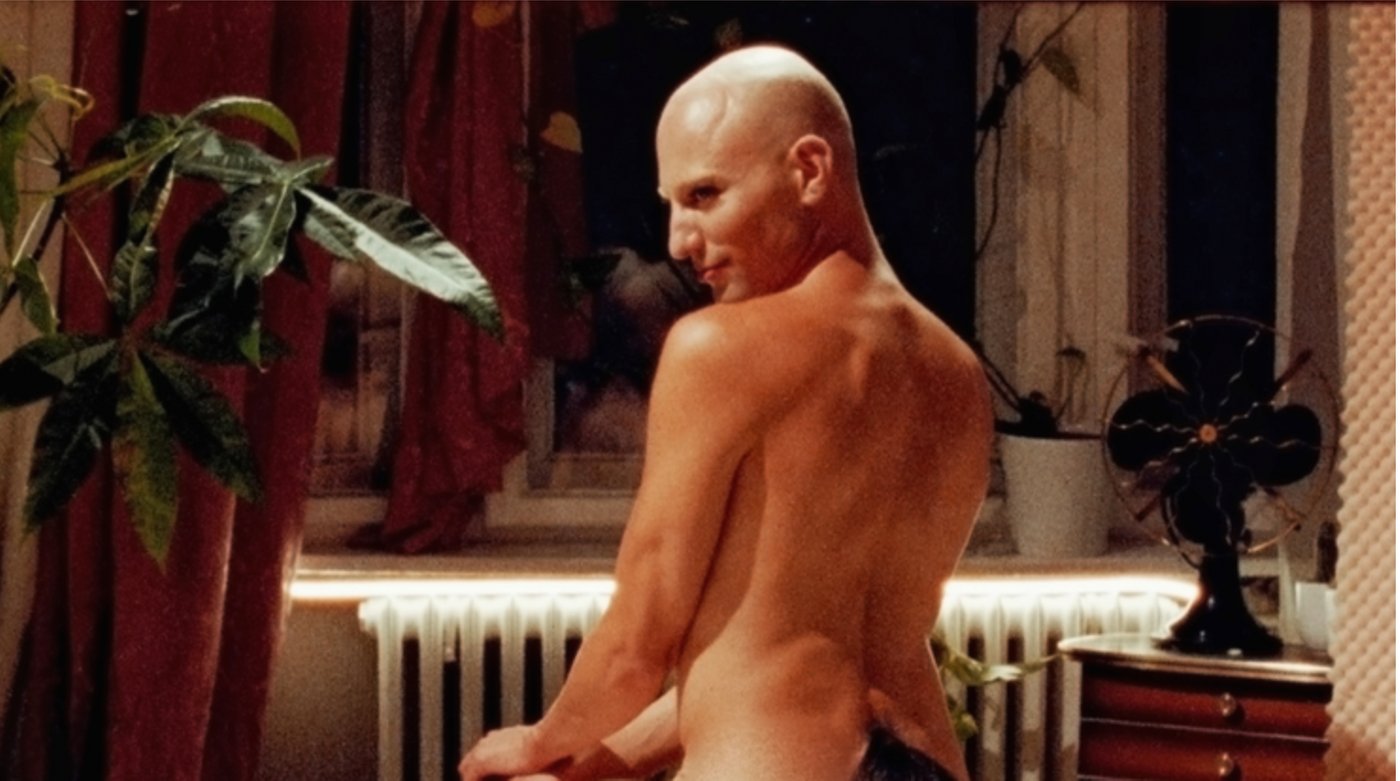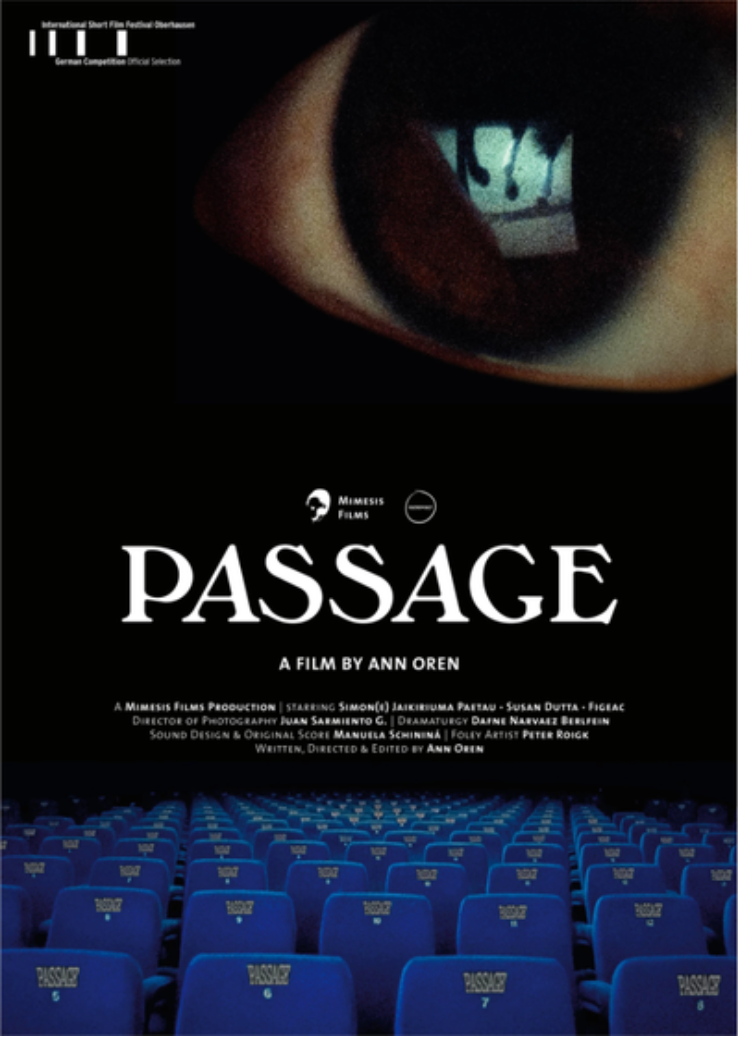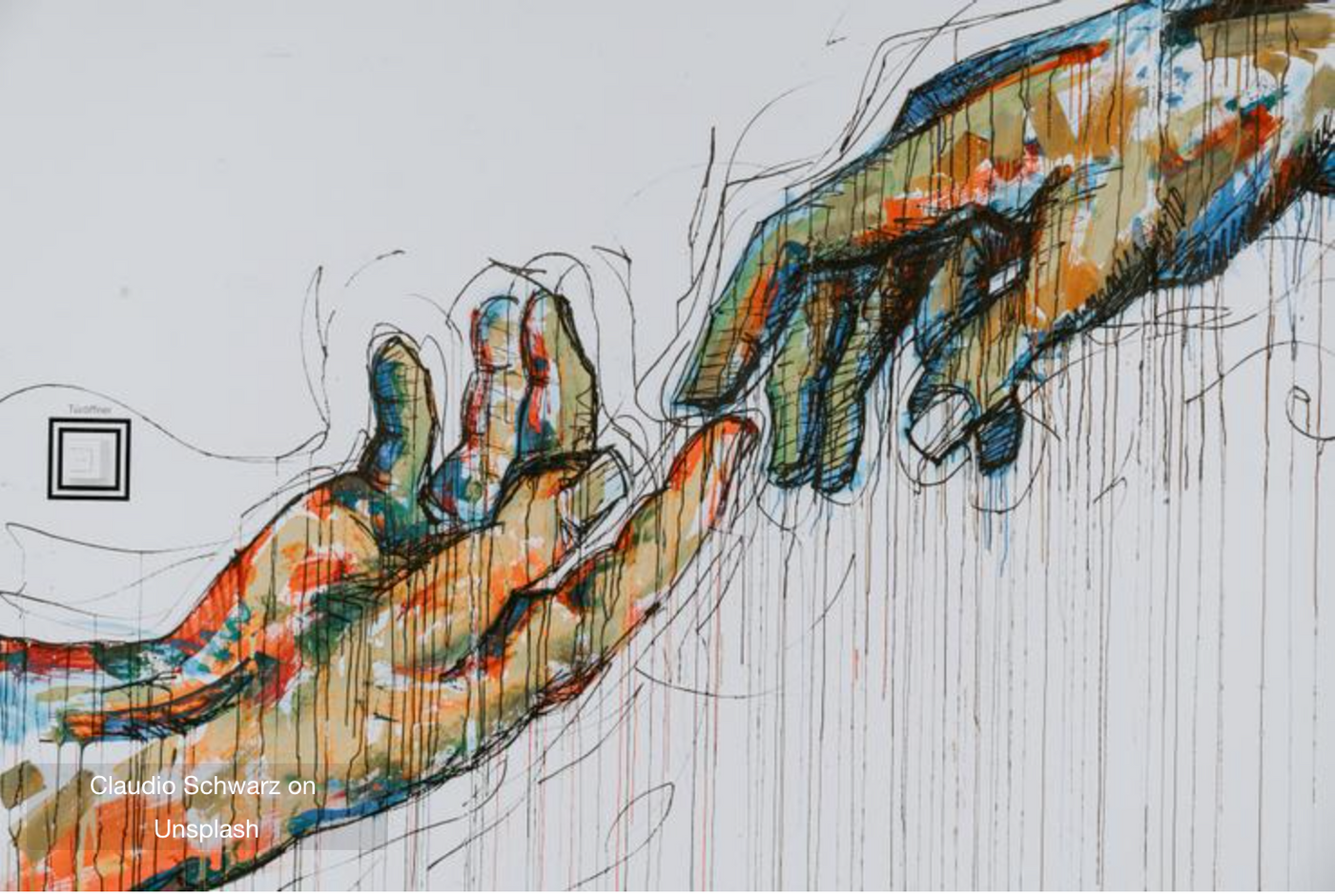Gender Performance and "Physicality" in Cinematography: Watch the Taiwan International Women's Film Festival's "A Man and a Woman" and "The Psychedelic Foley Artist"
Thank you words. Publish this article invisibly
Link: https://pse.is/3xj24l

" Gendernauts " ( Gendernauts ) and "Passage" (Passage) are the two films of the 2021 Taiwan 28th International Women make waves film festival, which will be on tour in Hsinchu on 11/27 as a work that is played consecutively in the same session. The former is directed by Monika Treut and is divided into the first part and the second part. The former was filmed in 1999 to record the life of the transgender community in San Francisco, USA, while the latter was filmed 20 years later in 2021. The director rediscovered the original interviewee. Transgender members, documenting, observing changes in these members, and by extension reflections on the queer movement and gender identity. "Psychedelic Foley Master" is a short film directed by Ann Oren and filmed in 2020. It is only 12 minutes long, but it is quite shocking. The film shoots a foley artist whose appearance is indistinguishable from men and women, with a naked body, using his own body and other objects in an enchanting posture, simulating a silent film, when a girl rides a horse, the horse walks, exhales and swings its tail. sound record.

Although the two films "Sudden Boys" and "Psychedelic Foley Master" are full of scenes that will make people feel weird, in the end, their movie viewing experience is quite positive, and to some extent, people have changed Impressions and ways of thinking about gender performance. Because despite agreeing that there is a diversity of sexual orientations, it is easy to wonder about the behavior of "gender performance": if the gender movement is to get rid of the shackles and norms that "gender" creates on people, then why in the end? Are you concerned about your "appearance"? And so much emphasis on one's own gender identity? And when we watch "A Man and a Woman", we will find that although gender identity is indeed something people have been emphasizing, the most important thing in the film is how to think about the relationship people form with their own bodies. In other words, so-called gender is not simply a gender identity, but a way, perspective and interaction that people use to explore their own bodies; the shackles of "gender" are not simply norms of identity, but how people can Criteria for understanding the body and how it wants to interact and relate to it. In this perspective, gender itself can be regarded as the first relationship and first impression formed by people and their own bodies, and even the first self that people have when interacting with their own bodies.

The queer movement or gender protest, the goal in the film, therefore, is to lead people to explore and interact with their own bodies with a more open and bold attitude, even if it requires a significant transformation of their bodies for this purpose. So in the film, we not only see people changing their style of dressing, but also doing a lot of organ transplants or deletions on their bodies, injecting a lot of male or female hormones into their bodies, and even using fake artificial penises to get comfortable Playing with one's partner and uploading it to the Internet for viewing, this is not only to say that people have the freedom to pursue and shape their ideal body, but also to show that even if it is impossible to achieve a body that is as perfect as a natural ideal, people can No need to feel inferior about your body.
This is probably also watching "Sudden Men and Women. The reason why I suddenly had a light-up feeling in my heart during the second part". Because when watching the first part, the "gender performance" feels like a very individualistic and liberal body expression, but in the second part of the movie, we will be surprised to find that this open attitude and thinking about the body, In the end, there is actually an opportunity to transform a seemingly individualistic behavior that was originally just a pursuit of individual identity into a concern for the group, society, the environment and the world at the same time. At this time, it may be because of the change of age, the change of living environment or the experience of getting along with different partners, so that these people no longer only think about their own body so much, but the connection between the body and other bodies, There is also the relationship between the body and the environment and society as a whole.

One impressive example is watching how these trans people introduce their "family." In their "family", not only the gender norms of "parents" were broken, but also the blood relationship they formed with "children". Because many of their children are not their own, but are born from one of them and an individual other than their partner, or are born entirely of sperm and eggs donated by another partner or a different individual, but are registered as their children. To a certain extent, it is similar to the "Thief Family" in Hirokazu Kore-eda's movie "Thief Family". This "complex relationship" not only recreates the various connections between the body and the body, but also re-imagines the emotional relationship. Implying that we used to think that human emotions are innate and natural instincts between people, in fact, it is very likely to be wrong. Because reflection on these "queer families" will make us notice that people's emotions have always been so deeply dependent on society's norms and writing on the body to exert their functions and functions, and imprison us Cognition and imagination of emotions. The emergence of "queer families", to some extent, can break the imaginary frame of how bodies can relate to each other, and bring us to another emotional perspective of social relations.
At first glance, Foleymaster can be eerie, and even a little hard to approach what is presented in the film. But I think the idea behind the film might actually be extremely simple, just a little bit abstract. It is similar to "Sudden Boys and Husbands" in that it breaks the norms and systems of the body, but in "Psychedelic Foley Master", the norms are not formed by society, laws or people's beliefs, but by the physical properties of the body itself. The limitations formed by the characteristics (in these limitations, some "limitations" are actually still imagined by the person himself, but its imagination is derived from the physical properties of the body). When the Foley artist uses his own body and other objects to simulate the various sounds in the film, he is not thinking about the connection between the body and the body, but thinking and searching for the body. Various relationships with things are the connections between things. What is very romantic is that this relationship is reflected in the search and simulation of voices in the film, as if the Foley artist can be an analogy, as if we are looking for the invisible "voice" of different groups of people. In this search, we not only change the imagination of the body, but also have a completely different perception of the things around us.

Deleuze, when discussing Spinoza's philosophy, once thought that the philosophers of the past have discussed the meaning of the body, but Spinoza is the first philosopher to discuss what the body can do. He tells us that the meaning of the body is not in its existence itself, but in what it can do. I thought, what can the thinking body do? In fact, it is exactly what "Sudden Men and Women" and "Psychedelic Foley Master" are doing. Although the gender theorist in "A Man and a Woman" mentions Cyborg, it is really reminiscent of Donna. The cyborg that Donna Haraway talks about in the "Cyborg Manifesto" is actually "Psychedelic Foley Master". Because what the Foley artist is facing is directly the body and the surrounding materiality. He is like a very powerful and weird engineer, using Foley to let the material of the body speak, make sounds, and "communicate" with other materials.
In these "communications", the "body" we were familiar with turned into something we never really knew. The body of the Foley artist is like the strange gender impression of the Foley artist, and it becomes a weird machine that can simulate any sound. , Cyborg. As if he is asking us, if we re-look at ourselves and our surroundings with such a Foley relationship, what will the body called "human" look like in the future? Will he still be called "man"? Next, the film made the Foley artist walk into a deserted movie hall, sit down in front of a huge projection screen, and then his "body" slowly "disappeared" in the viewing image.
This "disappearance" actually has many levels that can be discussed. The first level is the relationship between "the disappearance of the body" and the film. Deleuze mentioned in "Cinema II: Time-Image" that watching a movie in a movie theater feels like the consciousness temporarily leaves the body for a period of time. It is not until the end of the movie and the light comes on that we "remember" our body again, and then Back to real life. In other words, the image seems to have a charm that makes people detached from their own bodies, and makes people detached from the burden of reality on the body. But as far as the context of "The Psychedelic Foley Artist" is concerned, what the Foley artist wants to talk about may be when the film becomes a color image with sound, when people can no longer dub the image by themselves, whether the film deprives people and the surrounding things of one of the connect? The interesting thing is that if you look back at the era of silent films, you will find that the physicality of silent films is very strong, such as Chaplin or Buster. Buster Keaton's films (below) have a lot of exaggerated but tangible physicality. From this point of view, the behavior of foley artists not only allows us to see our own bodies again, but also allows us to see the "bodyness" of sound, and more importantly, it is to recall the "bodyness" of film images. , trying to retrieve a lost perception method in us, that is, how to potentially use the body to feel and simulate the perception method of sound and image when watching.
The other layer is to continue thinking in the context of this article, that is, when we keep breaking the norms of the body, breaking what the body can present, so that the imagination of the body continues to break through the limit and "disappear" into something we can't recognize, The "disappearance of the body" seems to be a metaphor, the "body" no longer means a specific form, but a way of making the body a sympathetic way in which all things can become a part of the body, or an extension of the body. Because we simultaneously incorporate their perceptions as part of our own. In other words, the body is the feeling horizon of the relationship. And although we use "field of view" to express, in the perception of this relationship, the emphasis should be on the field of feeling that is invisible to sight.

FB Fan: https://pse.is/TCBRA
IG account: https://www.instagram.com/bungoussteins/
Like my work? Don't forget to support and clap, let me know that you are with me on the road of creation. Keep this enthusiasm together!



- Author
- More